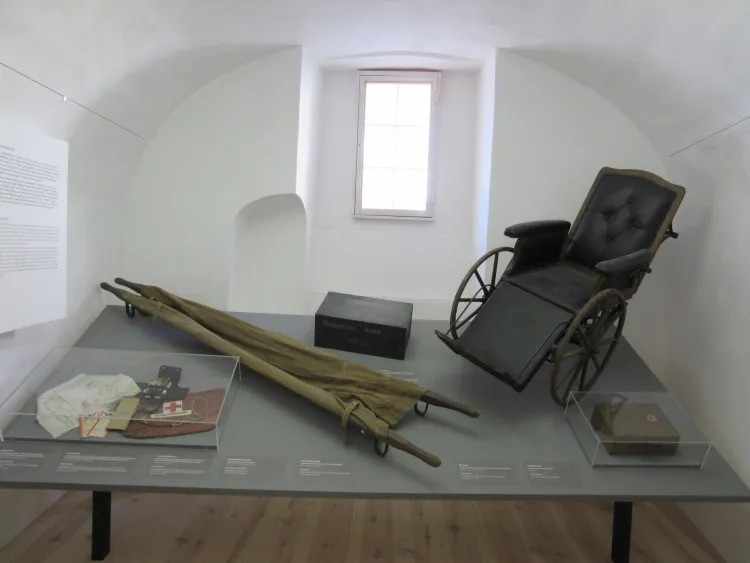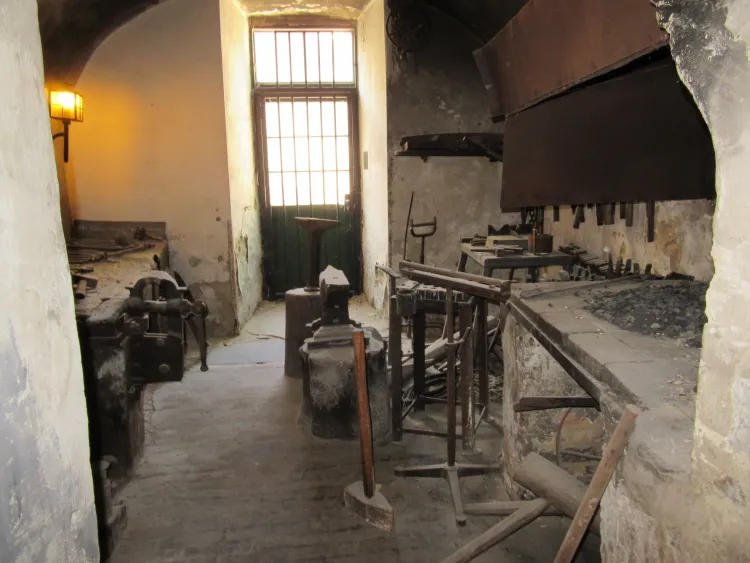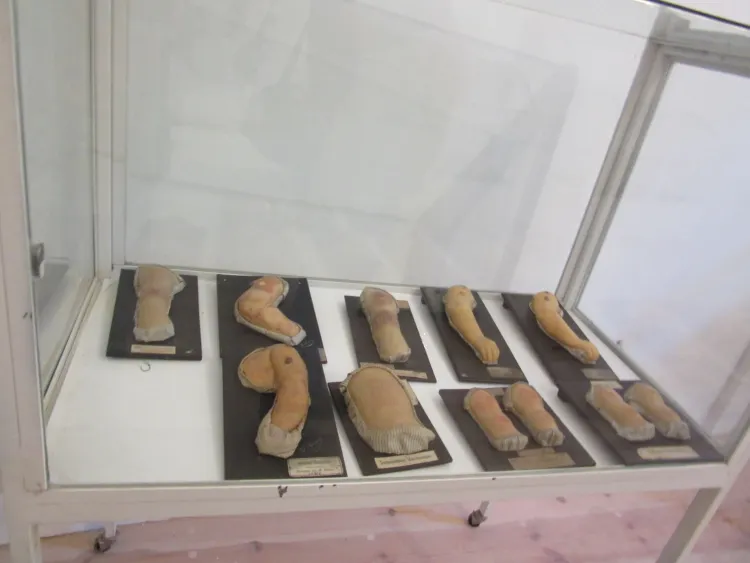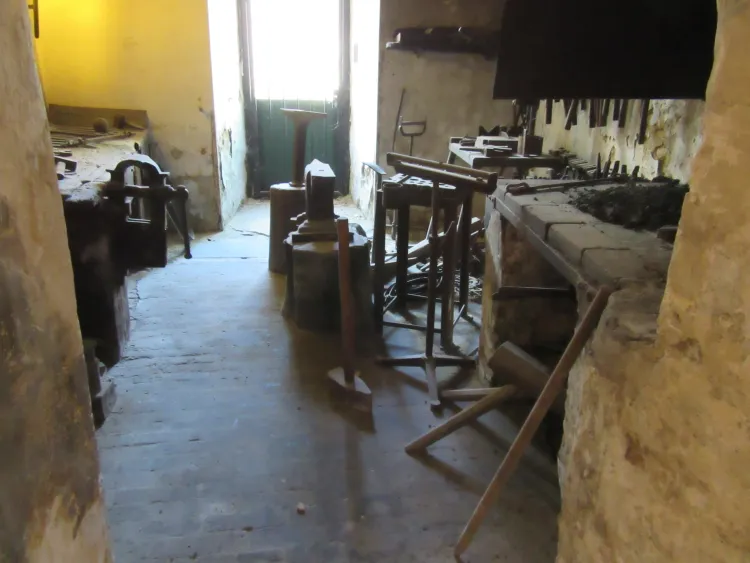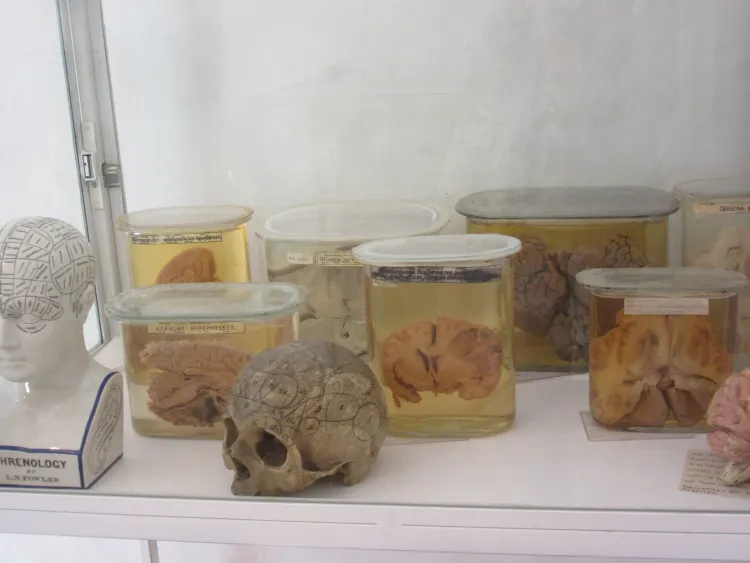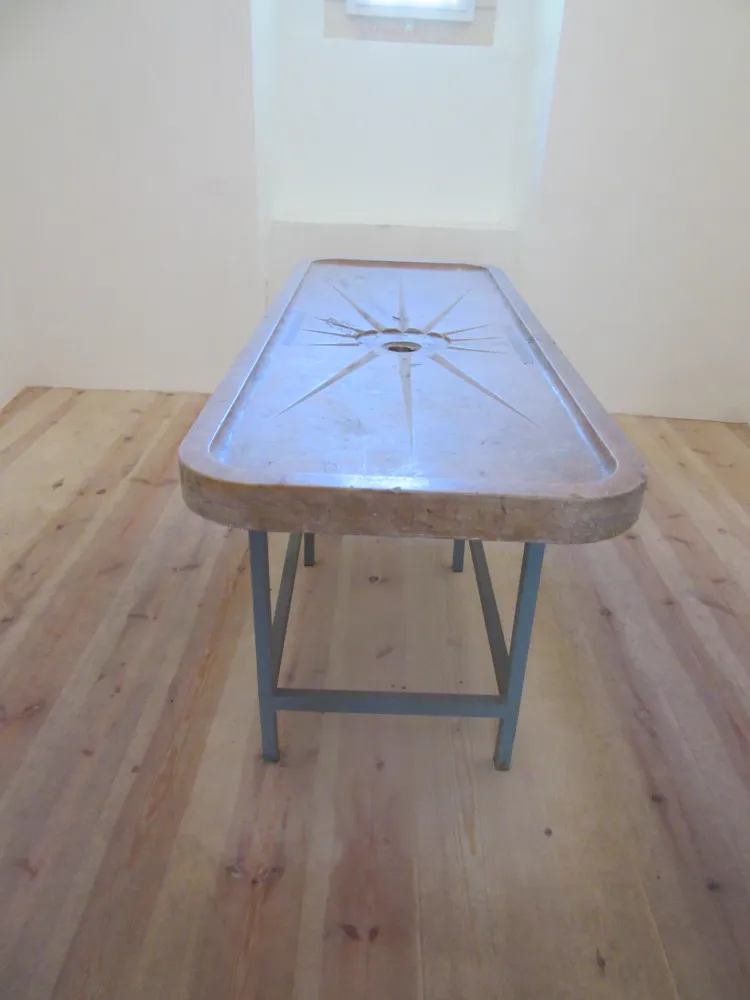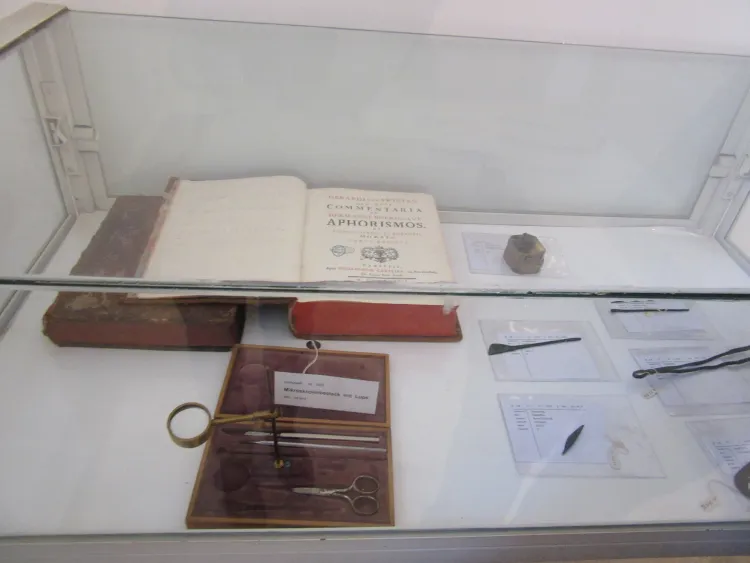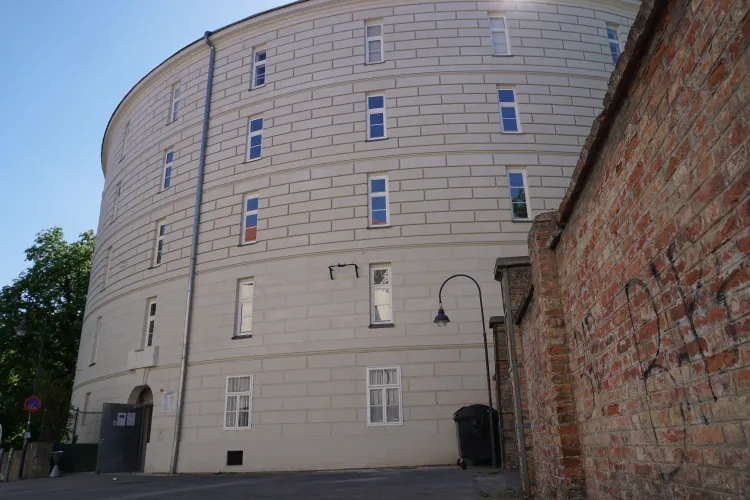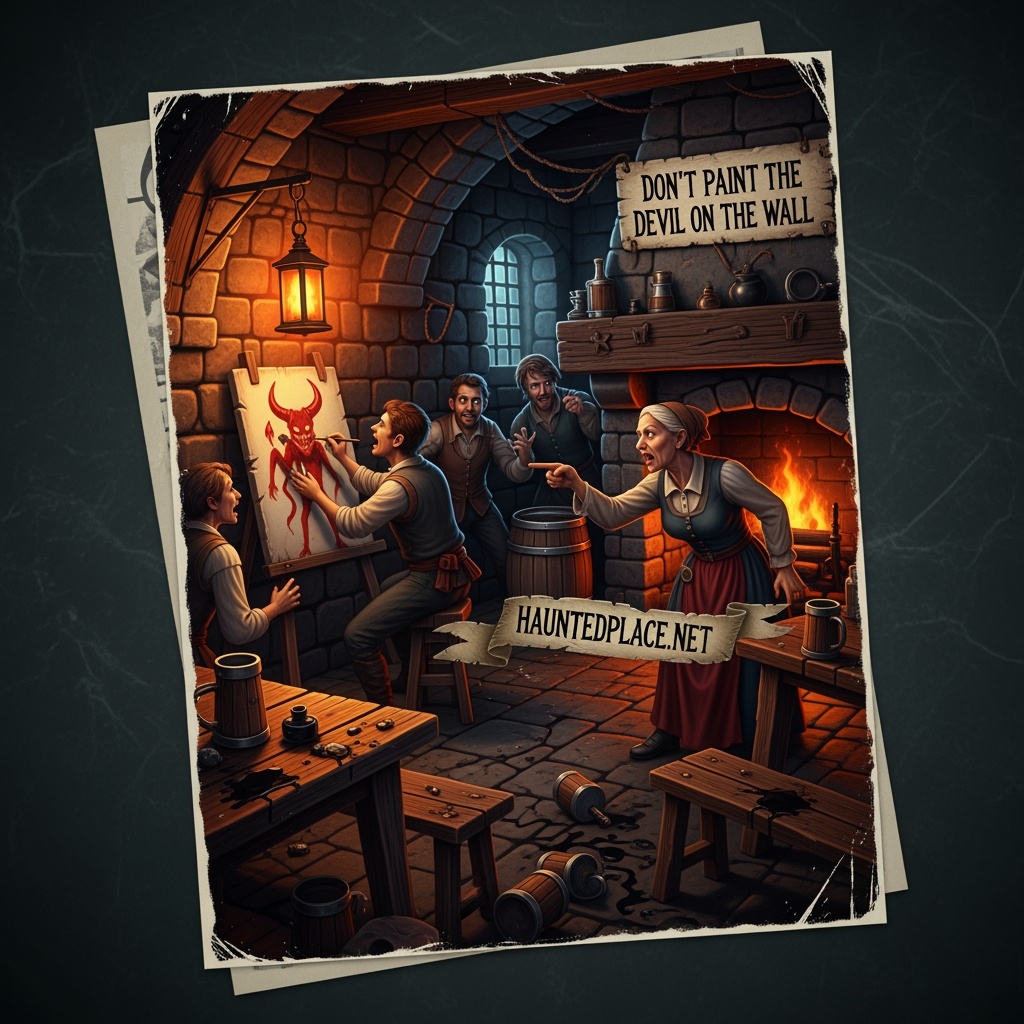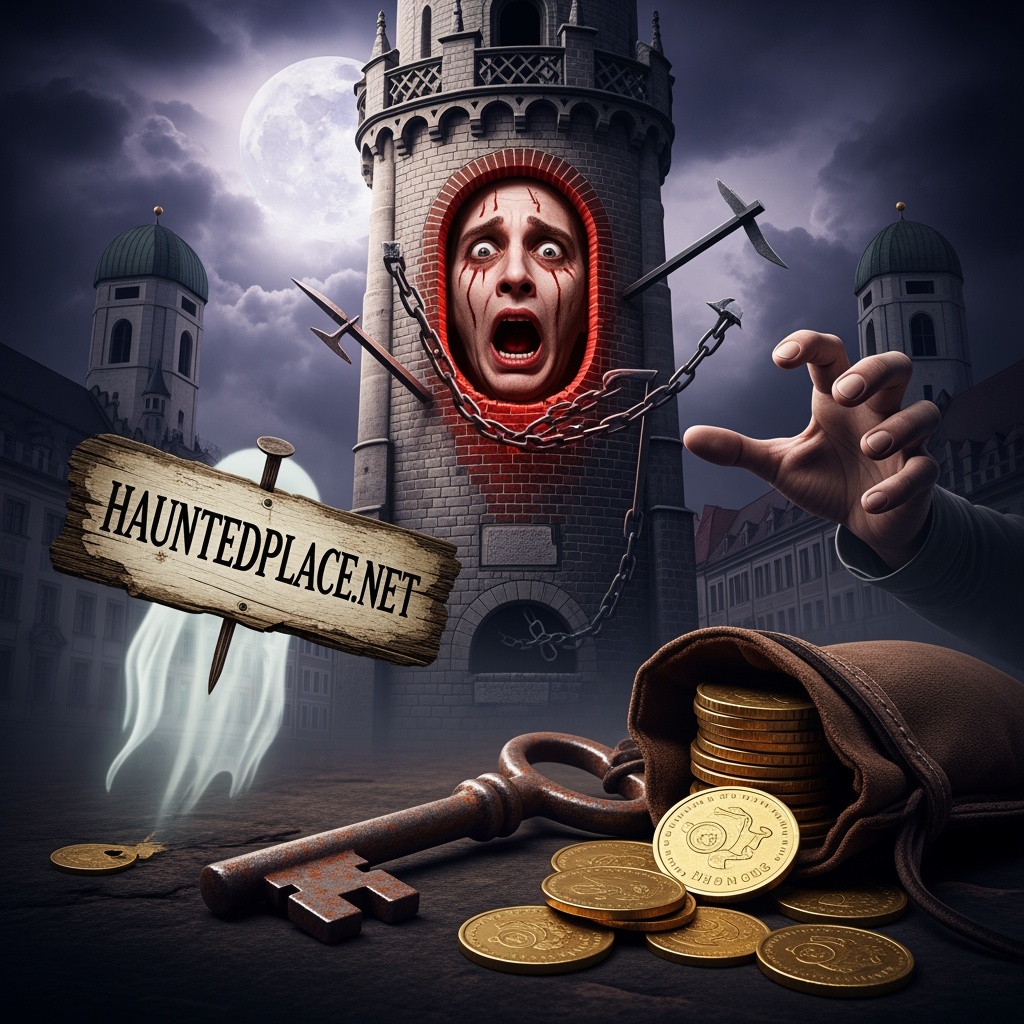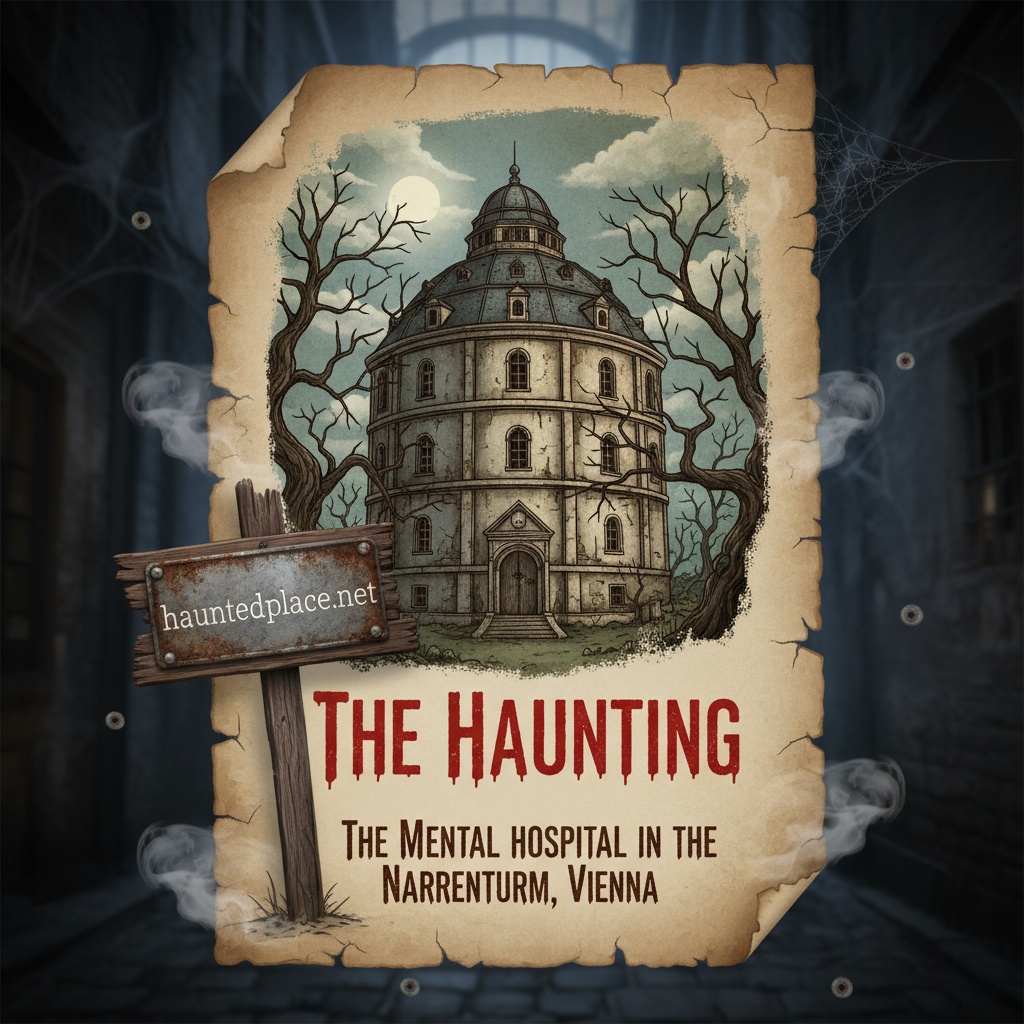
Today, I wanted to visit the pathological-anatomical collection in the Narrenturm in Vienna’s 9th district on what is now the university campus. The Narrenturm owes its name to its shape and former function. It was built as a round building in 1784 under the enlightened monarch Emperor Joseph II, who financed the construction from his own funds. The Narrenturm was Europe’s first institution for the mentally ill and remained in use until 1866. I was very curious to see what awaited me in the Narrenturm. Until then, I had only seen mental institutions in horror movies. As I entered the museum, I wondered if it was haunted and if I would sense the spirits of the former patients. Incidentally, the Narrenturm, or rather its rotunda, has an alchemical mysticism of numbers. The rotunda consists of five floors, each with 28 rooms. It has a circumference of 66 Viennese fathoms, which is a historical measure of length, area, and volume, and on the roof there was an octagon, an octagonal wooden structure. To explain in the Arabic tradition, 66 is the number of God, while in Kabbalah, 28 means “God who heals the sick” and is also the number of the lunar month. Everything has its meaning in the Narrenturm, so I set out to explore this historic building. I bought a ticket for €2 and was able to walk around the ground floor of the tower on my own. The museum is open every Wednesday from 10 a.m. to 6 p.m. and Saturdays from 10 a.m. to 1 p.m. Guided tours of the other floors are offered every hour on the hour. Incidentally, the Narrenturm is currently being renovated while the museum remains open. I set off on a tour of the largest and oldest pathological museum in the world. It houses 50,000 objects, including corpses or body parts preserved in alcohol and wax replicas of diseased body parts. The museum is not for the faint-hearted. I went into the individual rooms, which were former cells where patients were initially able to move around freely, but were chained up in subsequent years. Through glass display cases, I was able to marvel at plague lungs, tuberculosis of the finger, and smallpox faces. It was a very macabre feeling that came over me. I was already a little disgusted when I saw a vaginal carcinoma framed like a painting. This was a moulage, which is a colored, three-dimensional, life-size cast of body parts for a realistic representation of human diseases. I learned all sorts of things about diseases such as syphilis and tuberculosis, to name but a few. In addition to skeletal deformities, there was much to marvel at that I found very creepy, but which was part of everyday life in the past. As bizarre as it all seemed to me, these models were indispensable for the training of doctors. After my tour, I entered the courtyard, which seemed almost idyllic to me. I took a deep breath before leaving the bizarre museum. It left a lasting impression on me, and if you’re not afraid of disease and death, this is the place for you. It’s definitely not a museum for everyone, but it’s definitely worth a visit—just make sure you have strong nerves.
